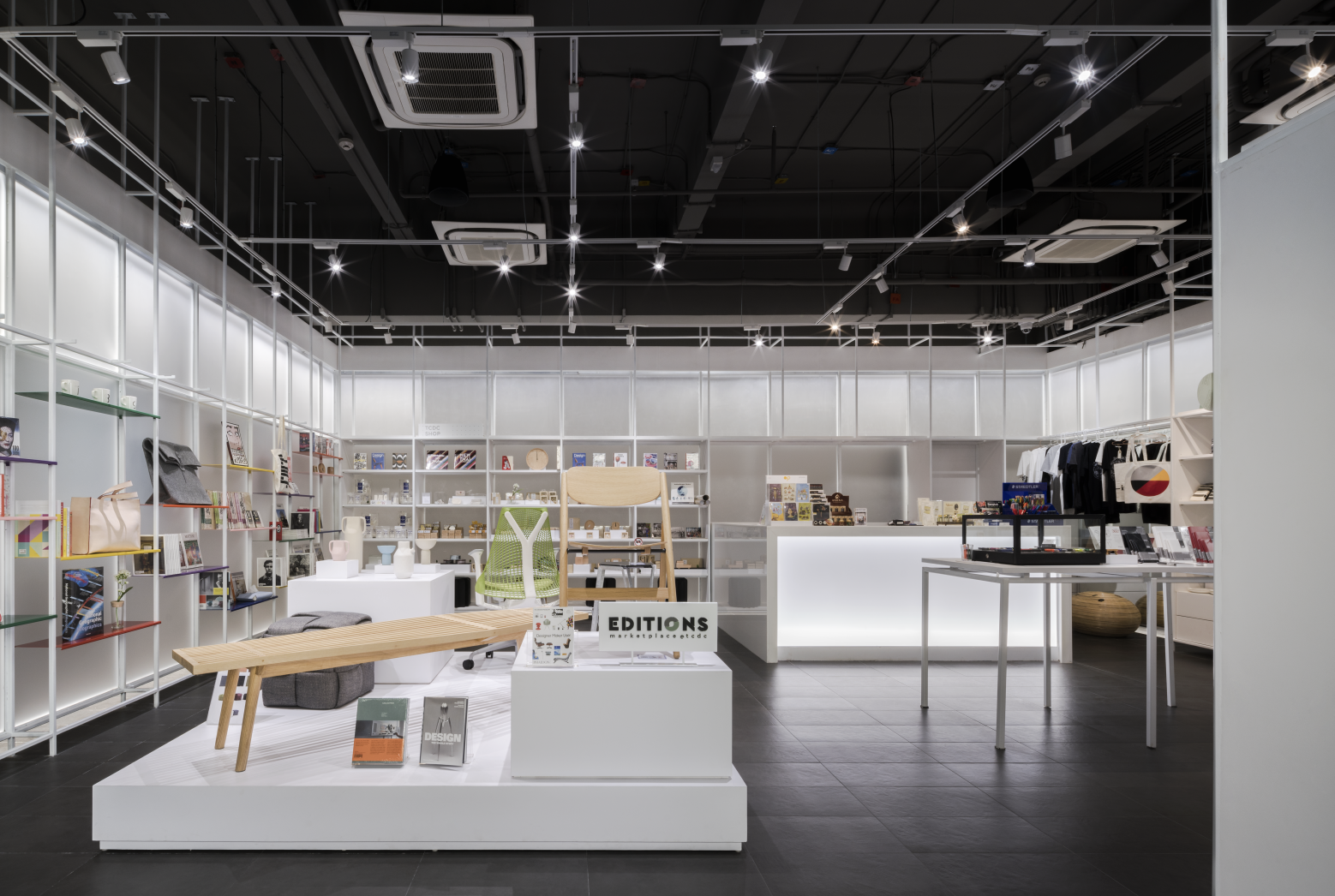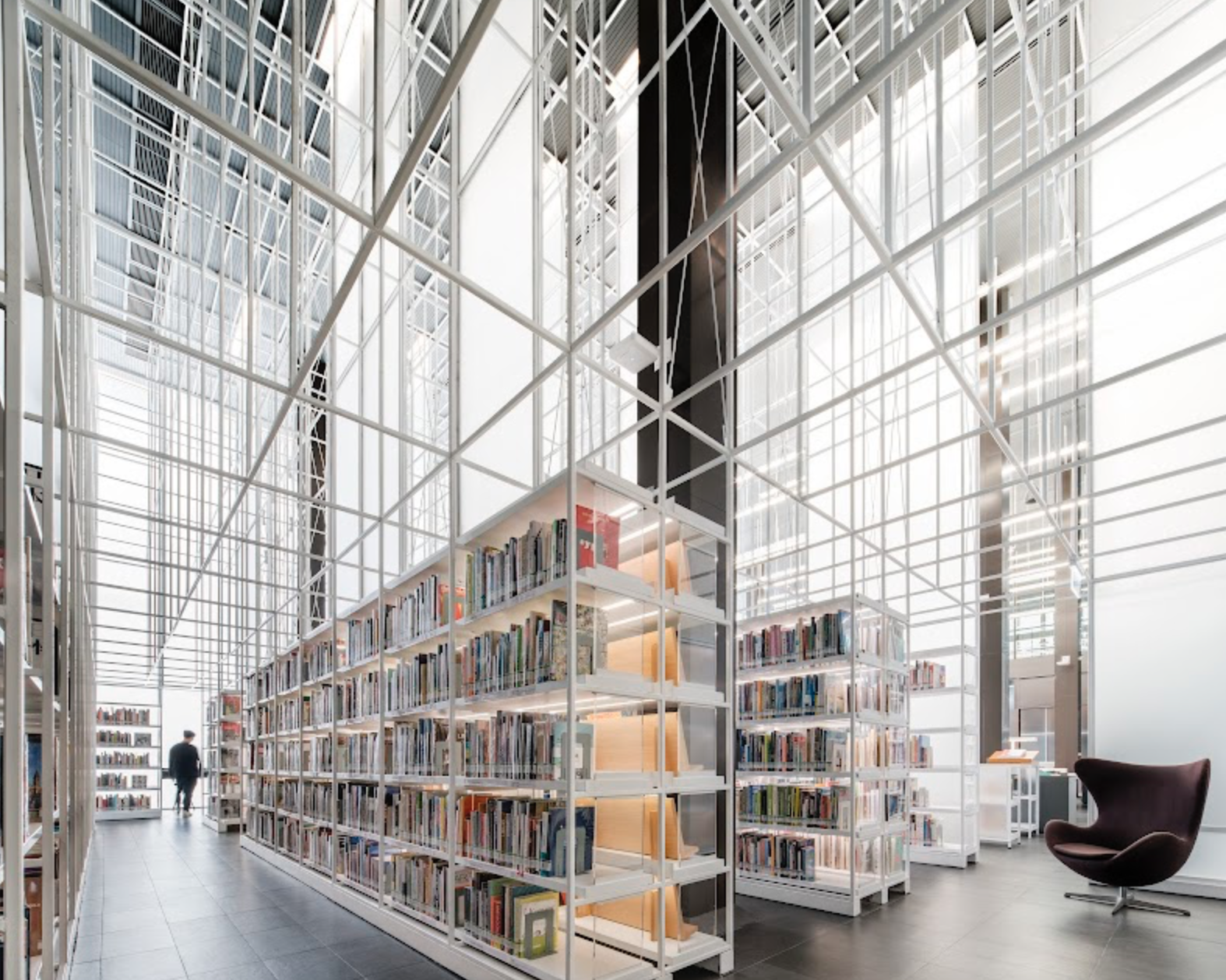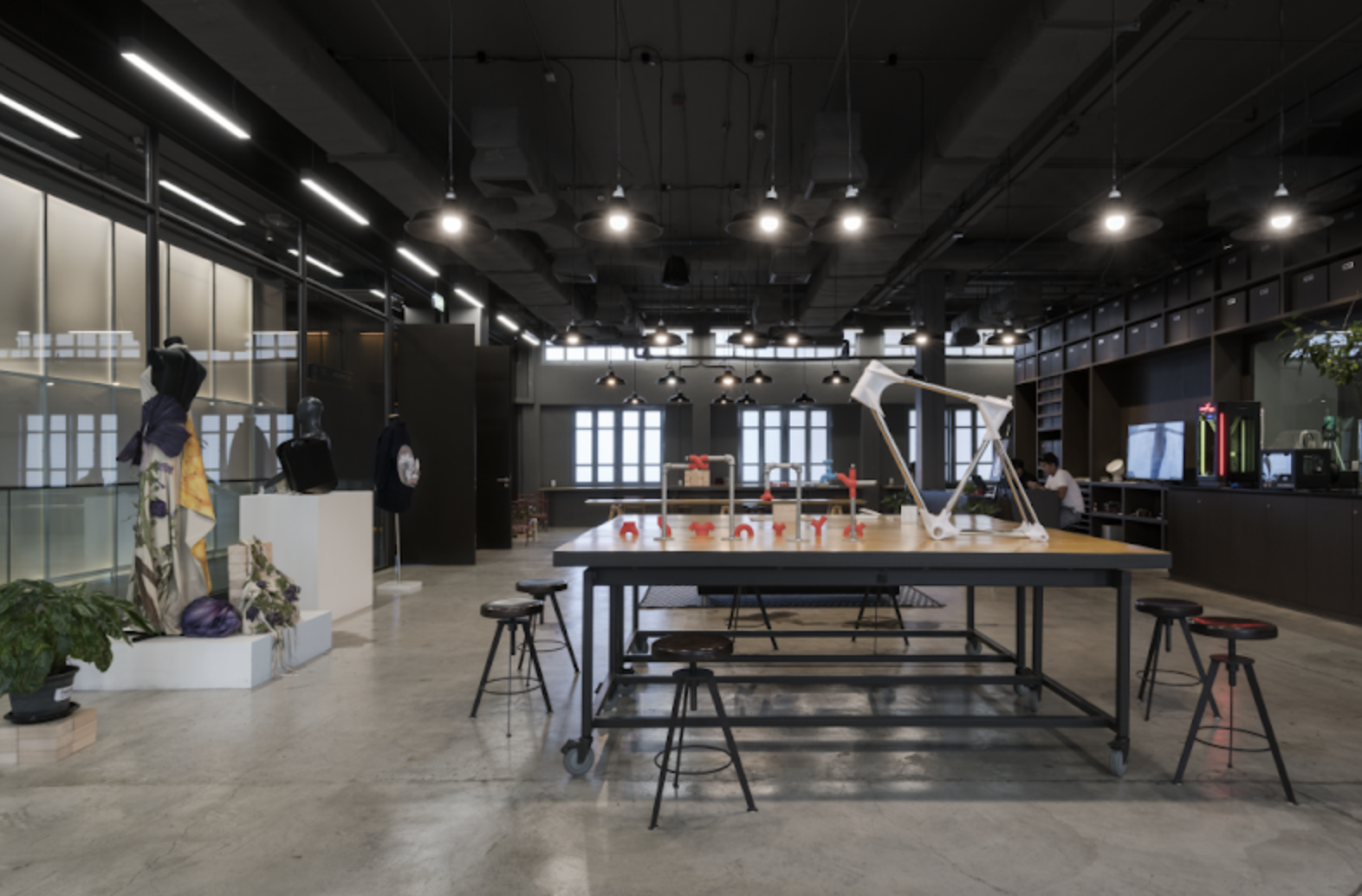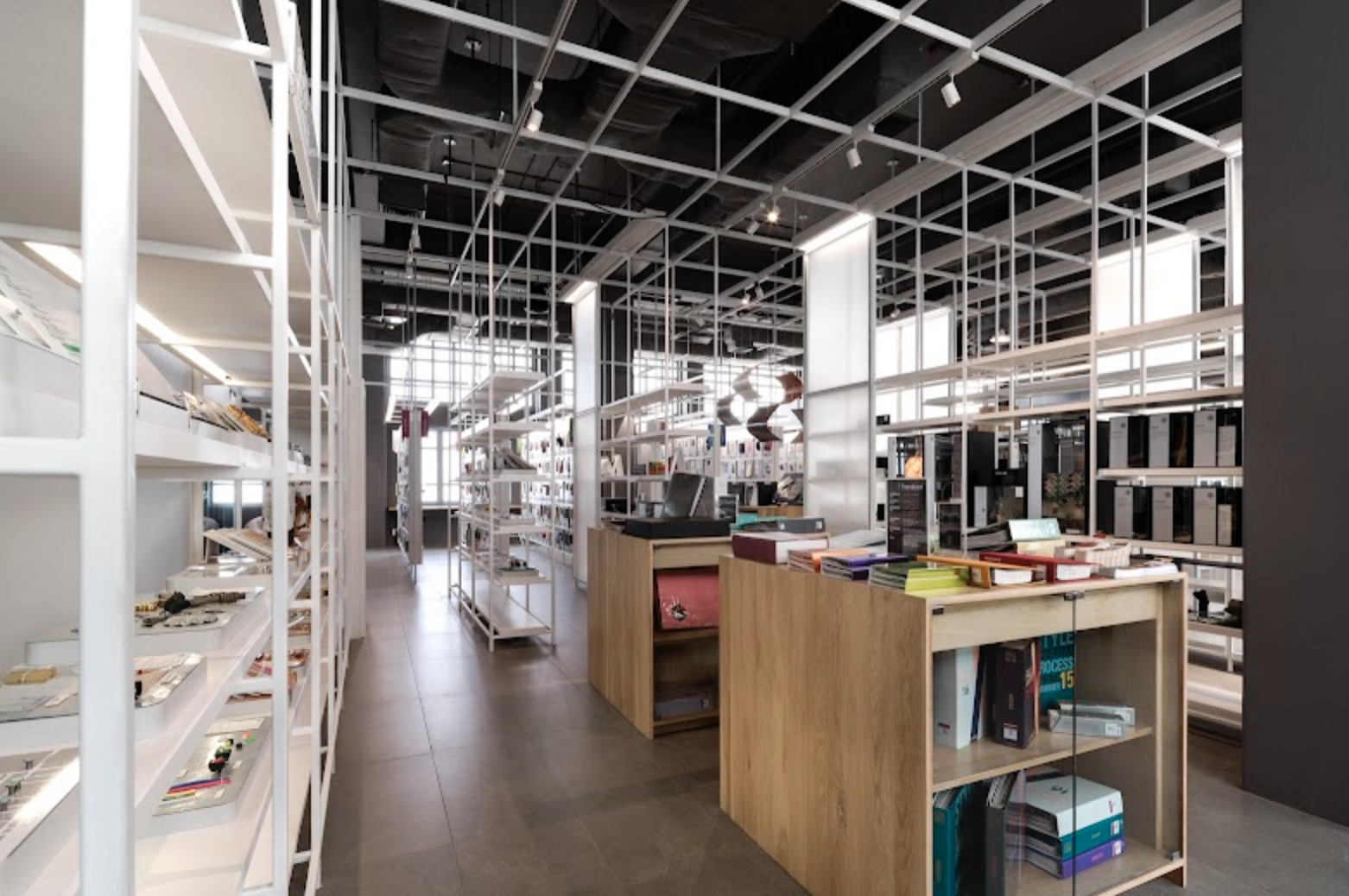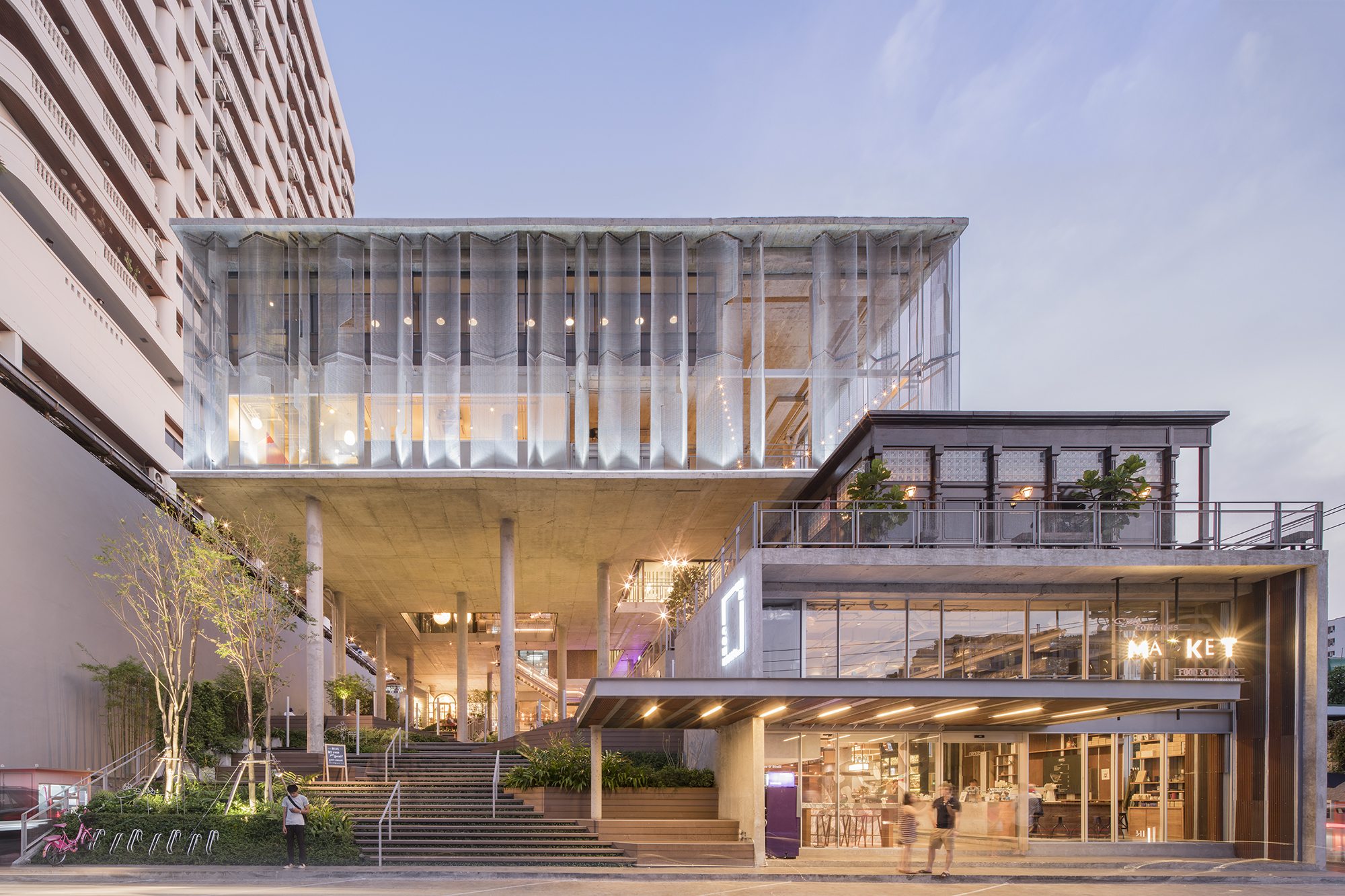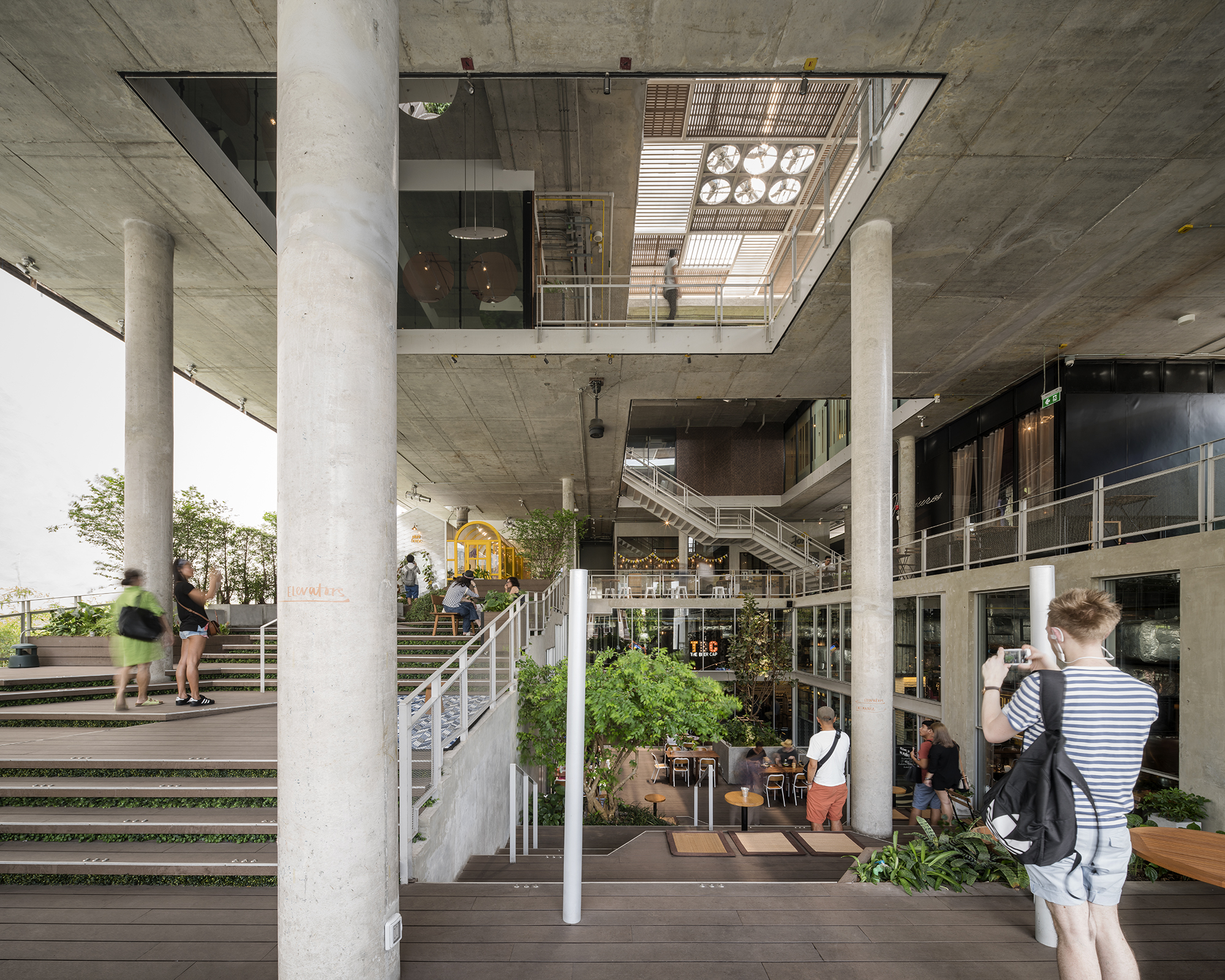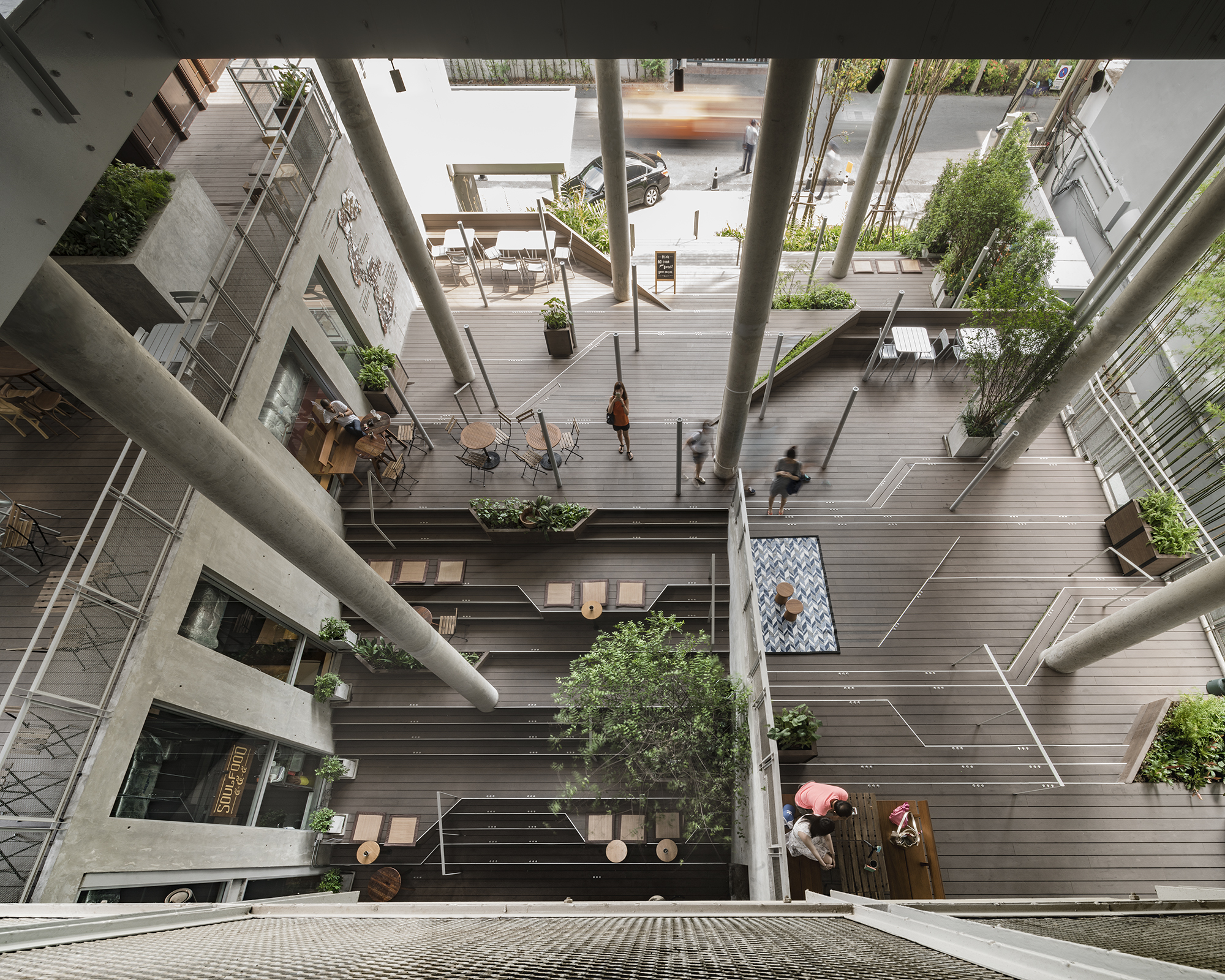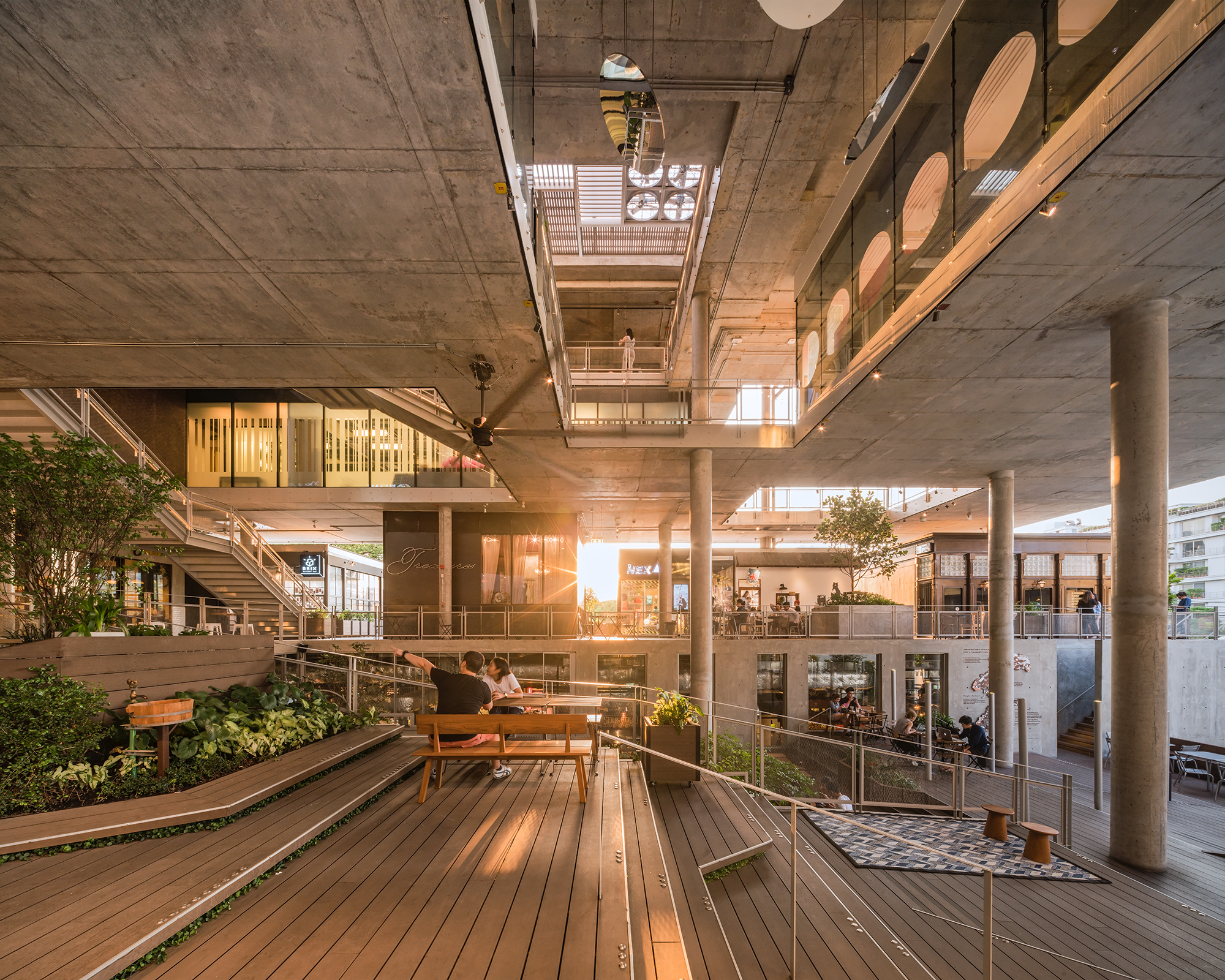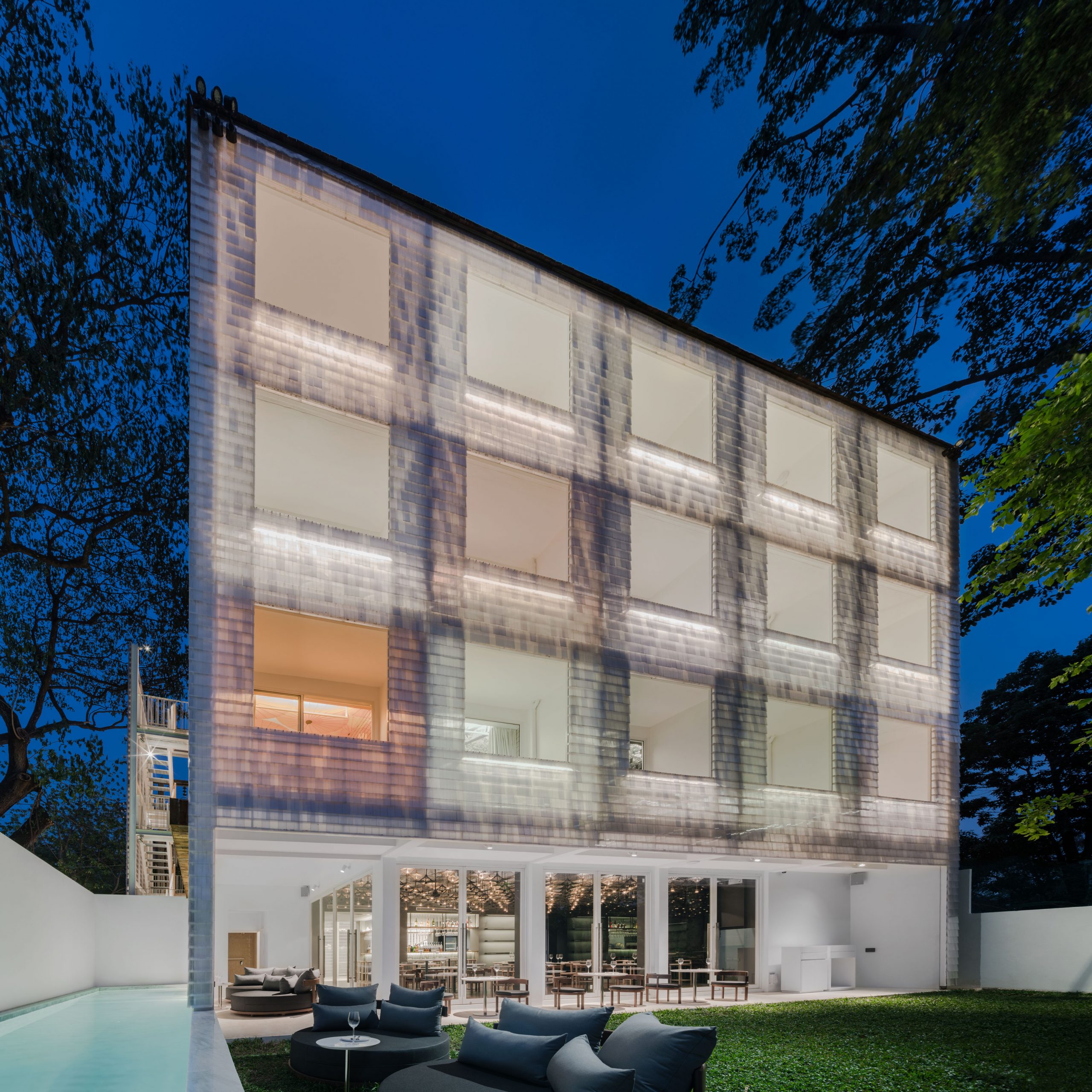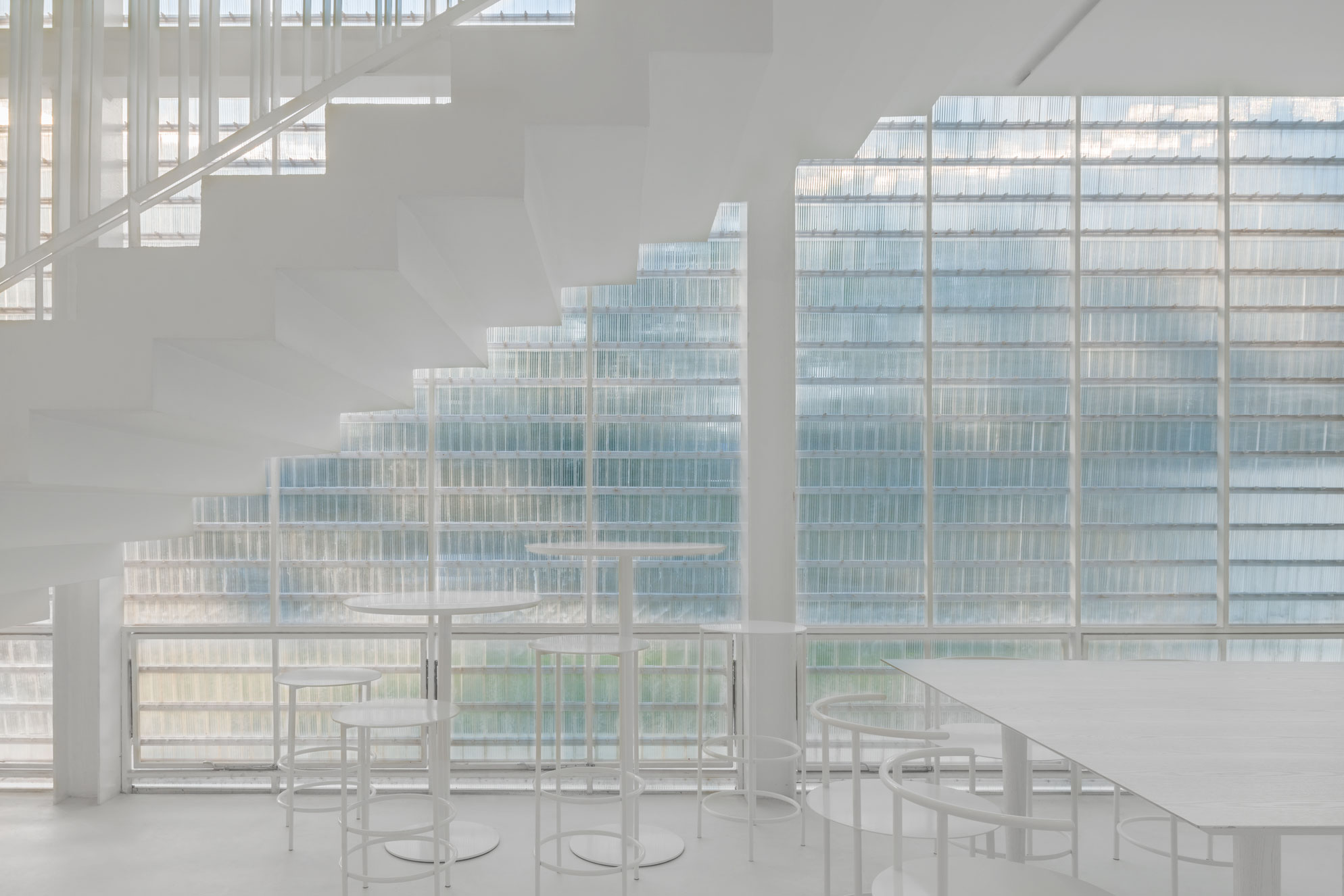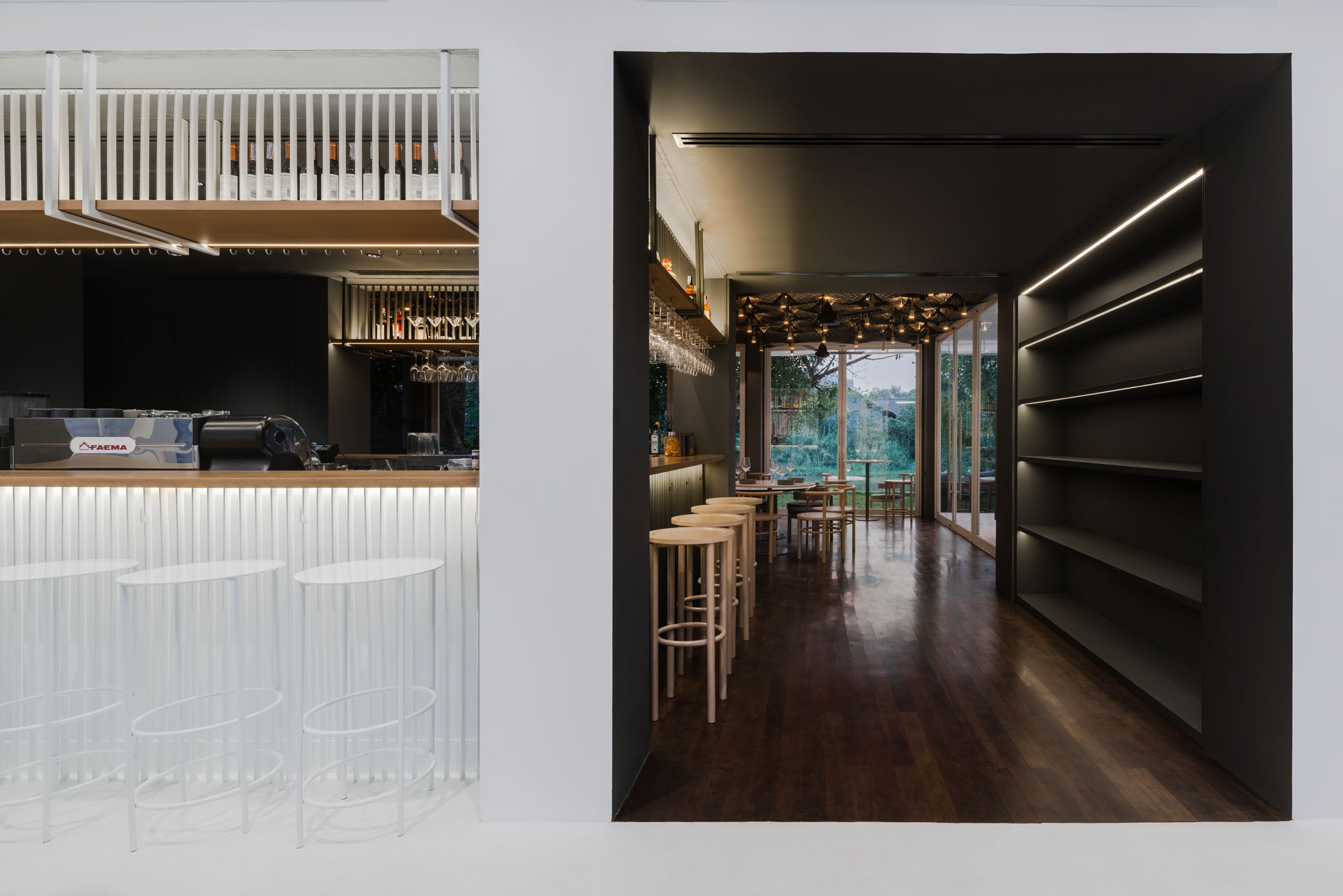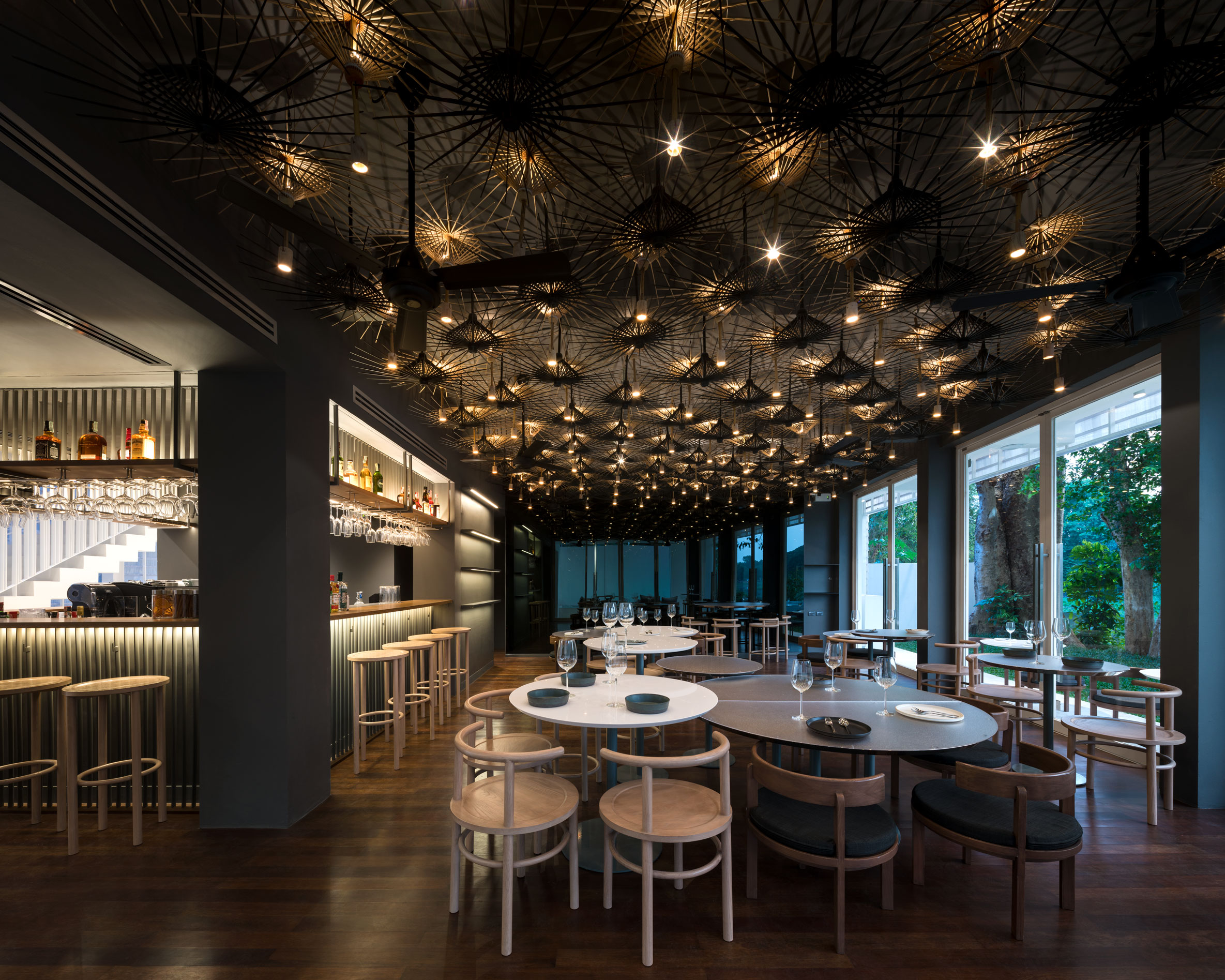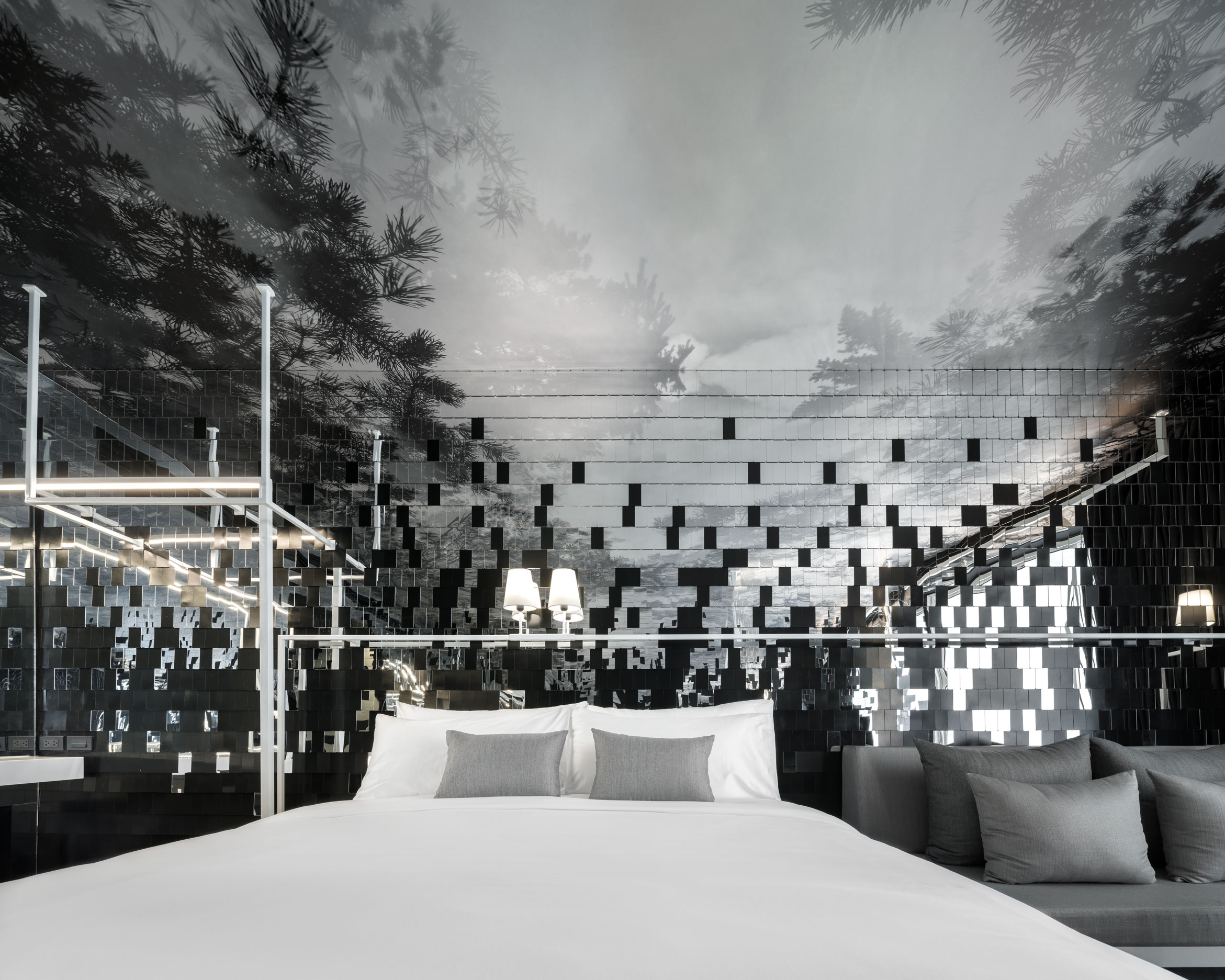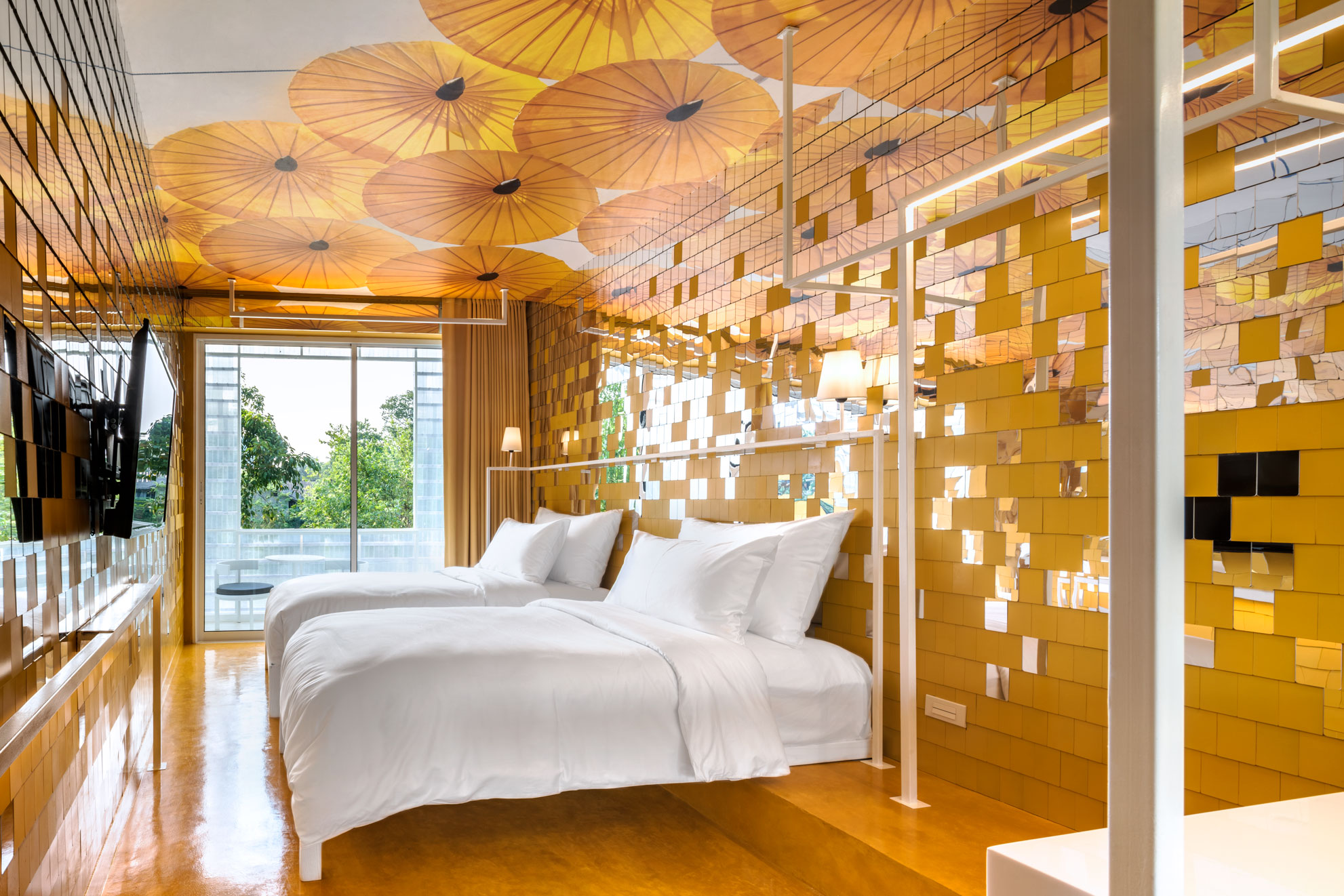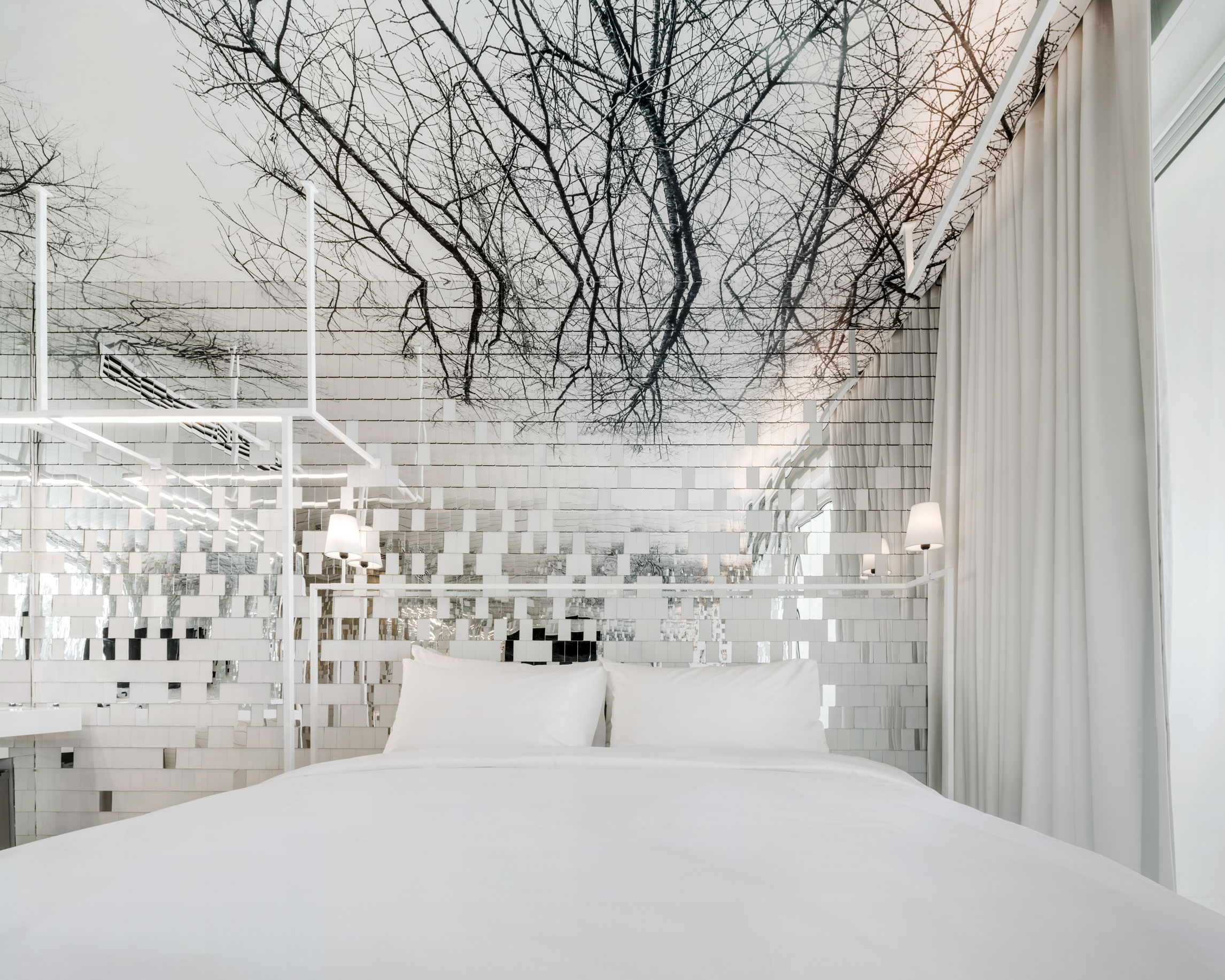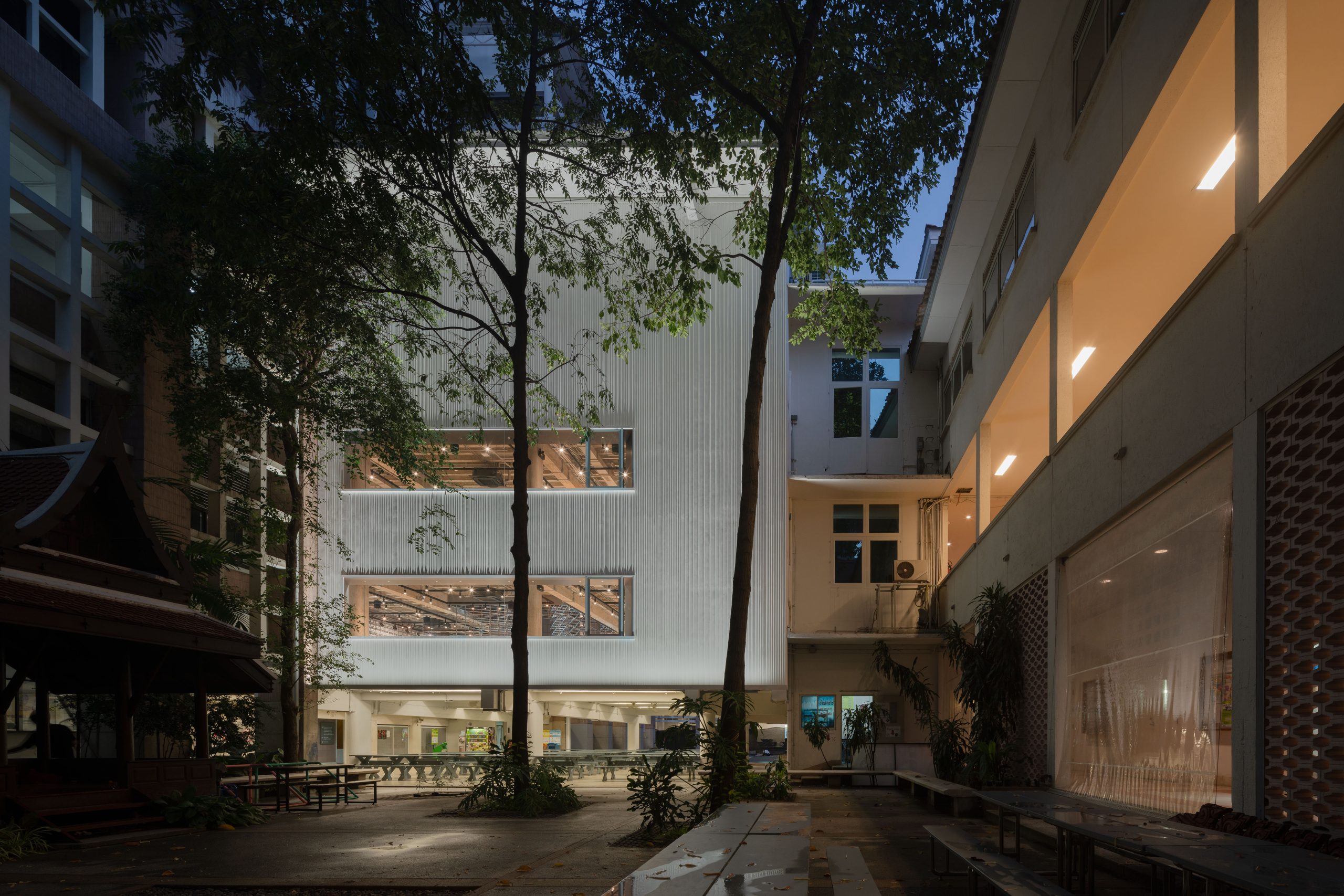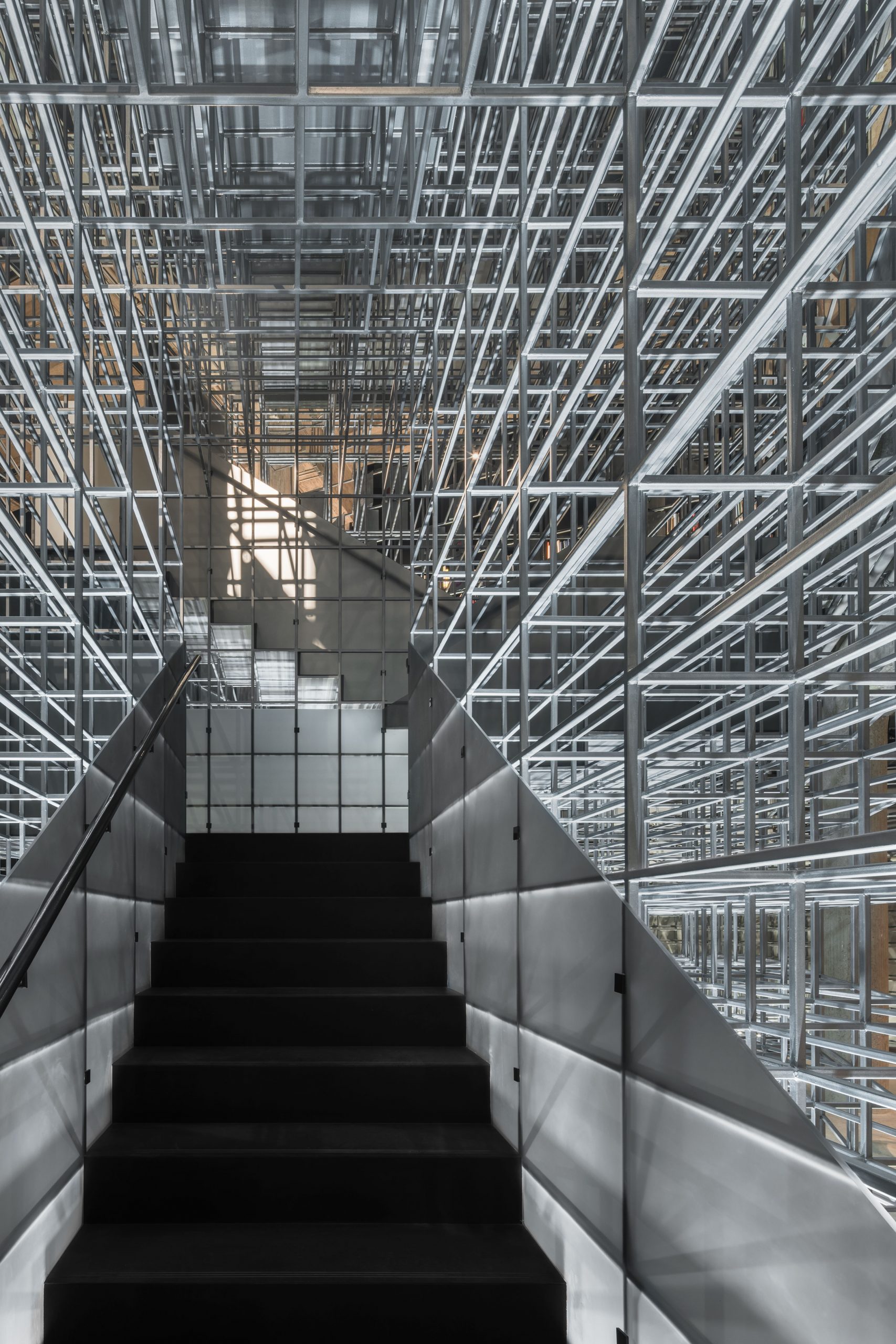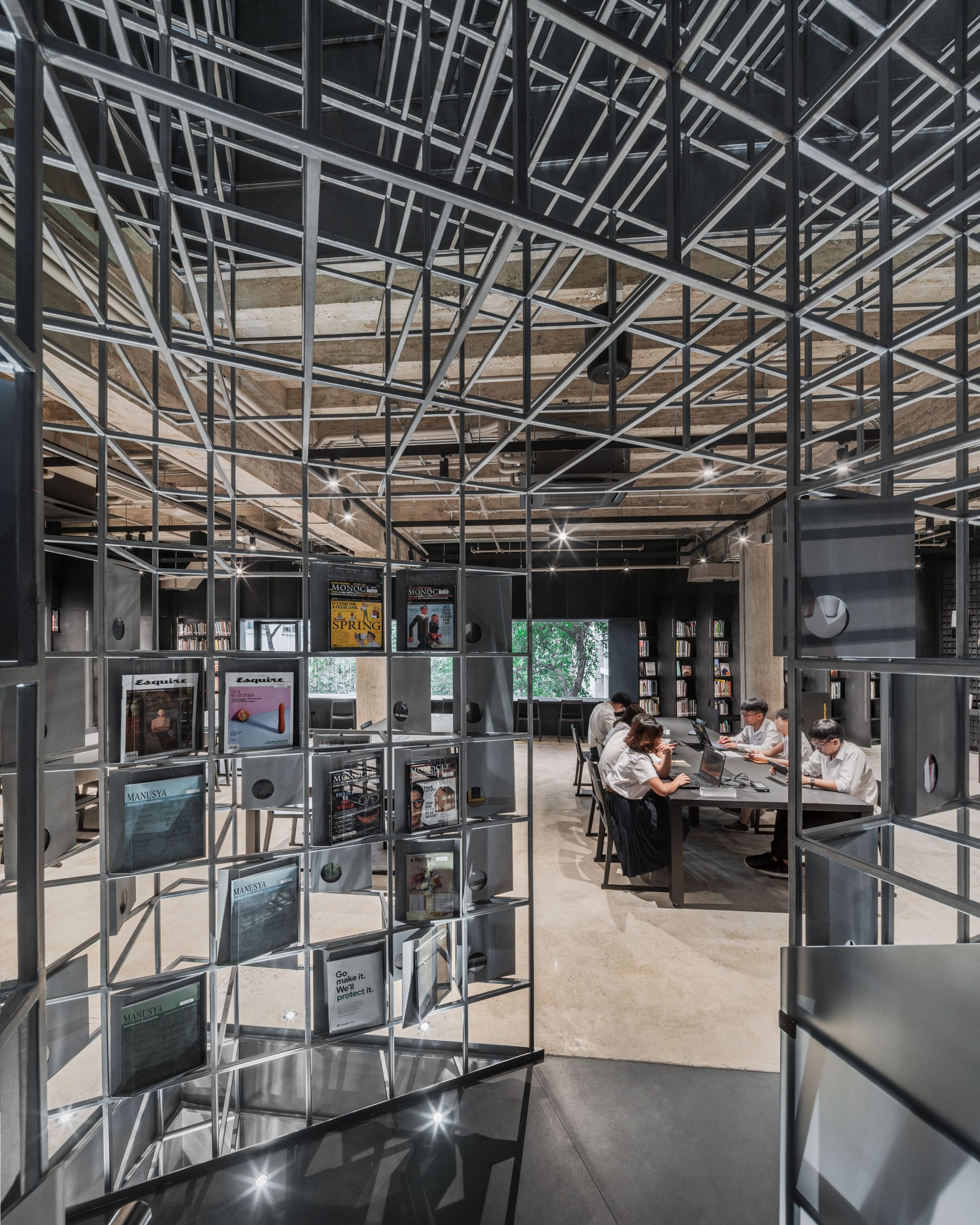Amata Luphaiboon and Twitee Vajrabhaya are principals of Department of ARCHITECTURE Co., an award-winning multi-disciplinary studio in Bangkok, Thailand. The design duo, who graduated from Harvard University and Princeton University, respectively, founded the studio in 2004. Nearly two decades later, Twitee and Amata boast a portfolio of stellar hospitality and public projects at home and in Asia. Asia Designers Directory connects with them to learn more about their approach to design.
Before incepting the Department of ARCHITECTURE Co. in 2004, both of you worked on the award-winning Six Senses in Koh Samui. What gave both of you the confidence to establish a studio together?
Amata: After the completion of the Six Senses Samui project, we were fortunate enough to acquire a few more projects. It was then that we decided to establish our design studio with a goal to work on a diverse range of projects that we are truly passionate about. At the time, Twitee and I had worked together for over three years, it was clear to us that, while our design approaches may have some subtle differences, we share the same core belief in the importance of creating architecture that is contextually responsive and innovative. Our individual abilities complement each other harmoniously, with her strengths compensating for my weaknesses, and vice versa. The name “Department of ARCHITECTURE” reflects our passion for the field and our dedication to ongoing learning and exploration of the possibilities of architecture.
How would you describe the studio’s design style and approach towards projects?
Twitee: Our interest in architecture is not only in its physical form but we view architecture as a “platform” which people operate upon. The studio is interested in finding new possibilities of architecture not only in the physical space and form but reaching beyond to design or redefine the ‘platform’ that the physical form emerges from. The design process usually starts from the inquiries into the foundation of an existing situation – taking apart the existing conventional program of the building type, the existing usage of space that we sometimes become too familiar with, and trying to see if there are other possibilities that we can make the place better or different.
- Thailand Creative and Design Center, Bangkok, Thailand (Photo credit: W Workspace)
- Thailand Creative and Design Center, Bangkok, Thailand (Photo credit: W Workspace)
- Thailand Creative and Design Center, Bangkok, Thailand (Photo credit: W Workspace)
- Thailand Creative and Design Center, Bangkok, Thailand (Photo credit: W Workspace)
- Thailand Creative and Design Center, Bangkok, Thailand (Photo credit: W Workspace)
What is the secret to keeping your designs fresh and invigorating?
Amata: It is important to remind ourselves not to get too comfortable in our design and business routines. The key to keeping designs fresh is to start each new project with a fresh perspective. I find it helpful to disconnect from the complexities of the project and the world around us, either by visiting art exhibitions or watching a good film. This helps me to reset my mind and approach the design without any unnecessary clutter.
Twitee: I think our design process, which always questions the norm and attempts to explore the essential and fundamental architectural need, beyond what is familiar to us on the surface, usually leads us to the discoveries of new possibilities of architecture. That is our primary source of fresh ideas in architecture. Apart from that, traveling, visiting new and unfamiliar places, and seeing art are important activities that keep me inspired.
How do your designs fit into the traditional and cultural backdrop of Thailand?
Twitee: We believe that each project may need to relate to tradition and culture differently and in varying degrees. For example, our hospitality projects are usually grounded in the sense of place and tradition. They usually bring memories, elements, materials, craftsmanship and cultural touches to the new contemporary spaces. In some other projects that we renovated historical buildings, our new design would find a way to reveal the essence of the existing place while the new may even contrast with the old to create a dialog across time. For some of our designs that are in a contemporary context and program, the design might relate to a contemporary culture and lifestyle which may not need to have a presence of a dialog with traditional culture. There are many possibilities in the design approaches and they depend on how we interpret each project and what we deem appropriate or best suit each project.
You have worked on projects in different countries in Asia, including the Philippines and China. How does this impact your designs or give you a newfound respect for your work?
Amata: Having had the opportunities to work on various projects across Asia, we appreciate the profound impact that different geographical and cultural contexts can have on the design process. One of the most interesting aspects is the opportunity to tackle a wide range of climatic conditions, for example, snowy winters in China or heavy monsoons in the Philippines. These challenges have led us to develop creative design solutions specific to the unique condition of each project. International clients always brought invaluable insights into the ways different cultures interact with their built environment. Understanding how people in particular cultures use space and how they interact with each other is crucial in designing an environment that is appropriate for the lifestyle of the locals. Moreover, working with international clients has always been a rewarding experience since they often approach us with an open mind and a willingness to embrace unique and innovative design solutions.
- The Commons Thonglor, Bangkok, Thailand (Photo credit: W Workspace)
- The Commons Thonglor, Bangkok, Thailand (Photo credit: W Workspace)
- The Commons Thonglor, Bangkok, Thailand (Photo credit: W Workspace)
- The Commons Thonglor, Bangkok, Thailand (Photo credit: Ketsiree Wongwan)
- The Commons Thonglor, Bangkok, Thailand (Photo credit: W Workspace)
- The Commons Thonglor, Bangkok, Thailand (Photo credit: W Workspace)
Can you share with us some recent projects?
Amata: I would like to share with you our small hotel project, “Little Shelter”, located on the Ping River bank, Chiang Mai – the city known for its impeccable crafts. The project is our contemporary interpretations of Northern Thai vernacular architecture, particularly on creating a dialogue between traditional and industrial materials. While the traditional wood shingles are used on the roof and side walls, front and river-side facades are made of polycarbonate sheets cut into shingles, becoming architectural translucent surfaces that delicately reflect the surrounding, creating a dramatic light condition for interior spaces, and become an architectural lantern at night.
The public area interior complements the exterior simplicity, gives a gallery-like feeling that accommodates the site-specific installations inspired by the famous Boh–Srang umbrella of Chiang Mai, and creates delicate and dramatic silhouettes expressing contemporary interpretation of the local handicraft. Little Shelter represents our aim to create a contemporary “Craft Architecture” that well embodies Northern Thai craft culture.
- Little Shelter, Chiang Mai, Thailand (Photo credit: W Workspace)
- Little Shelter, Chiang Mai, Thailand (Photo credit: W Workspace)
- Little Shelter, Chiang Mai, Thailand (Photo credit: W Workspace)
- Little Shelter, Chiang Mai, Thailand (Photo credit: W Workspace)
- Little Shelter, Chiang Mai, Thailand (Photo credit: W Workspace)
- Little Shelter, Chiang Mai, Thailand (Photo credit: W Workspace)
- Little Shelter, Chiang Mai, Thailand (Photo credit: W Workspace)
- Little Shelter, Chiang Mai, Thailand (Photo credit: W Workspace)
- Little Shelter, Chiang Mai, Thailand (Photo credit: W Workspace)
Twitee: Let me share with you the Architecture Library at Chulalongkorn University project: The project questions and reexamines the definition of libraries in the digital age, in which we do not gain knowledge only through books anymore. For physical libraries to still be relevant, they may need to change. While the idea that people come to libraries to only read books could become obsolete, the project has expanded the meaning of the library for an architecture school as a learning space to become a ‘creative incubator.’ To re-activate the library, its entire programming has been reworked. The library is to be a place for exchanging ideas and exploring knowledge not only through books but through different kinds of media.
The design has integrated a variety of new programs into the new library. They range from a co-working space, an exhibition space, an experimental art space, a pin-up space, to an occasional lecture space where the library becomes a platform for dialogues and interactions, and it includes not only physical books as sources of knowledge and inspiration but also digital media, movies, exhibition, etc.
- The Architecture Library at Chulalongkorn University, Bangkok, Thailand (Photo credit: W Workspace)
- The Architecture Library at Chulalongkorn University, Bangkok, Thailand (Photo credit: W Workspace)
- The Architecture Library at Chulalongkorn University, Bangkok, Thailand (Photo credit: W Workspace)
- The Architecture Library at Chulalongkorn University, Bangkok, Thailand (Photo credit: W Workspace)
- The Architecture Library at Chulalongkorn University, Bangkok, Thailand (Photo credit: W Workspace)
- The Architecture Library at Chulalongkorn University, Bangkok, Thailand (Photo credit: W Workspace)
- The Architecture Library at Chulalongkorn University, Bangkok, Thailand (Photo credit: W Workspace)


